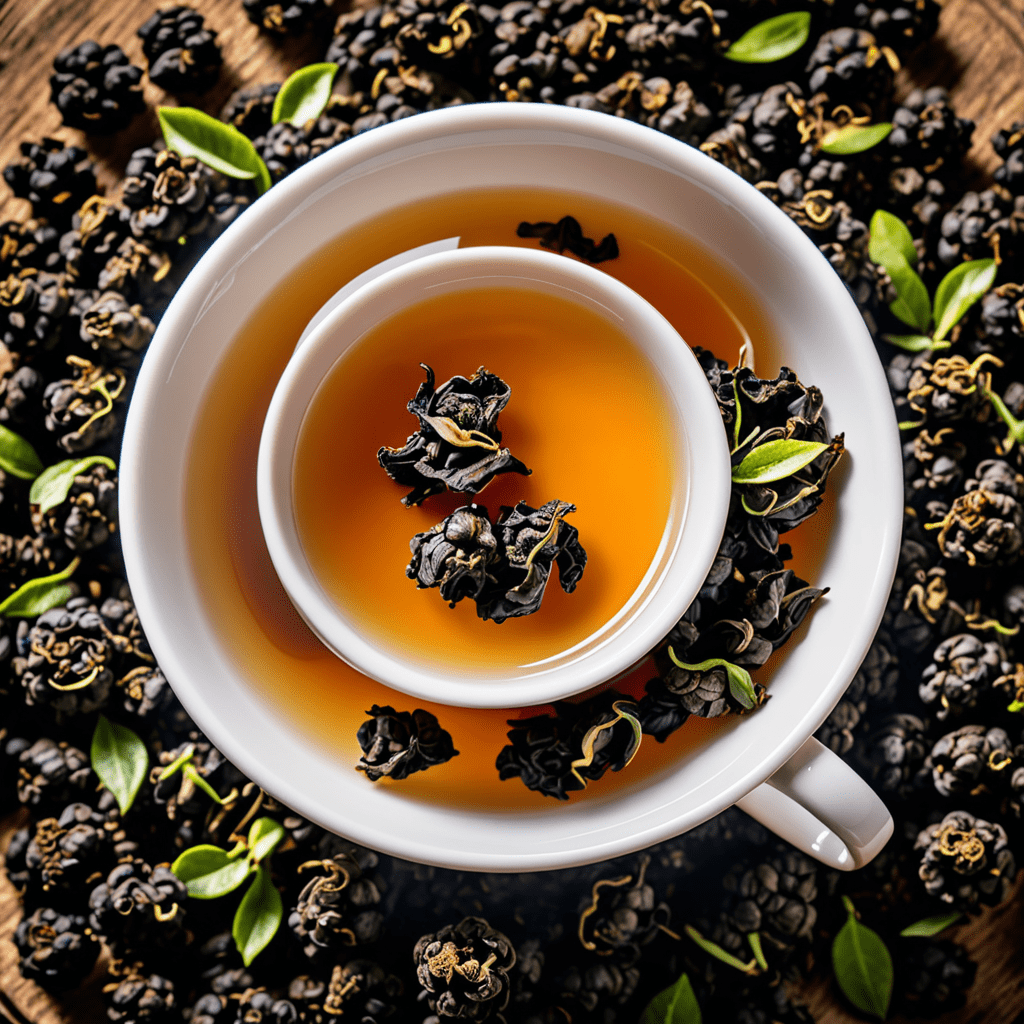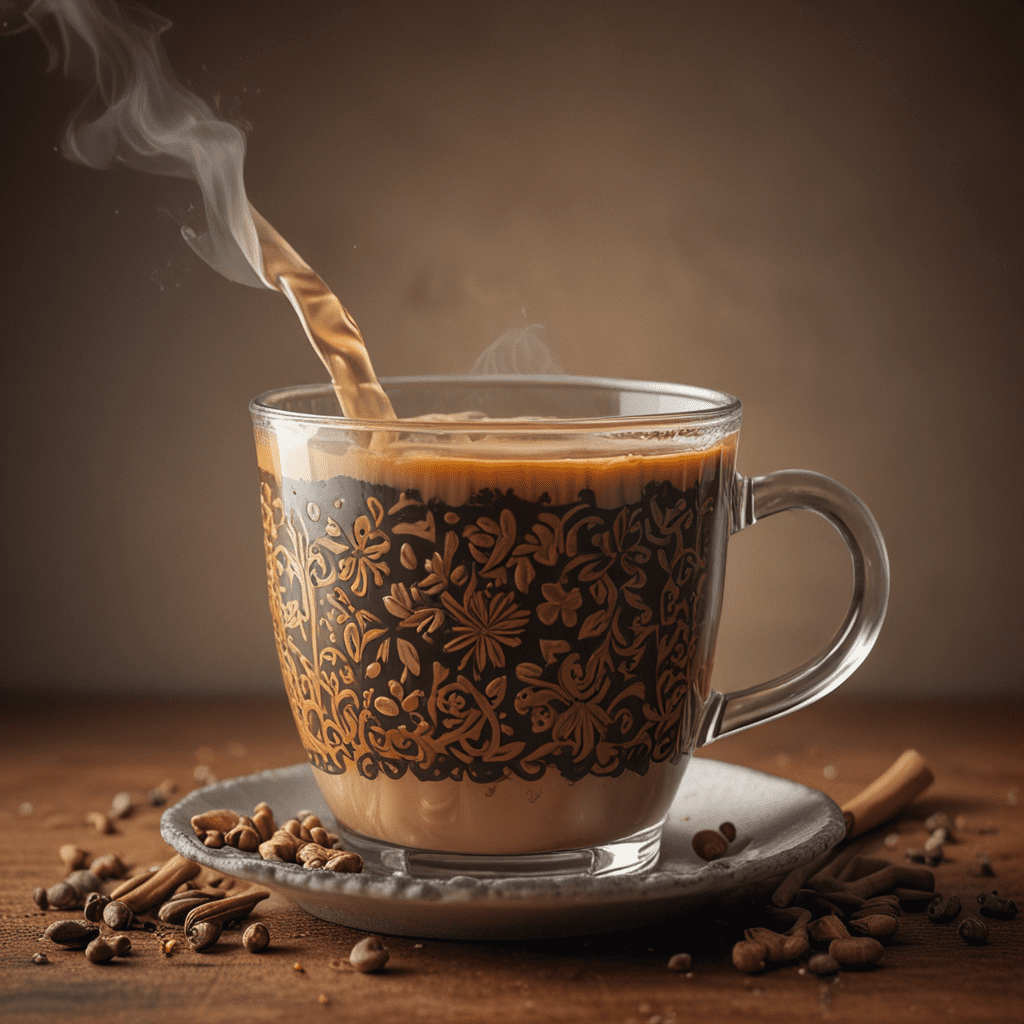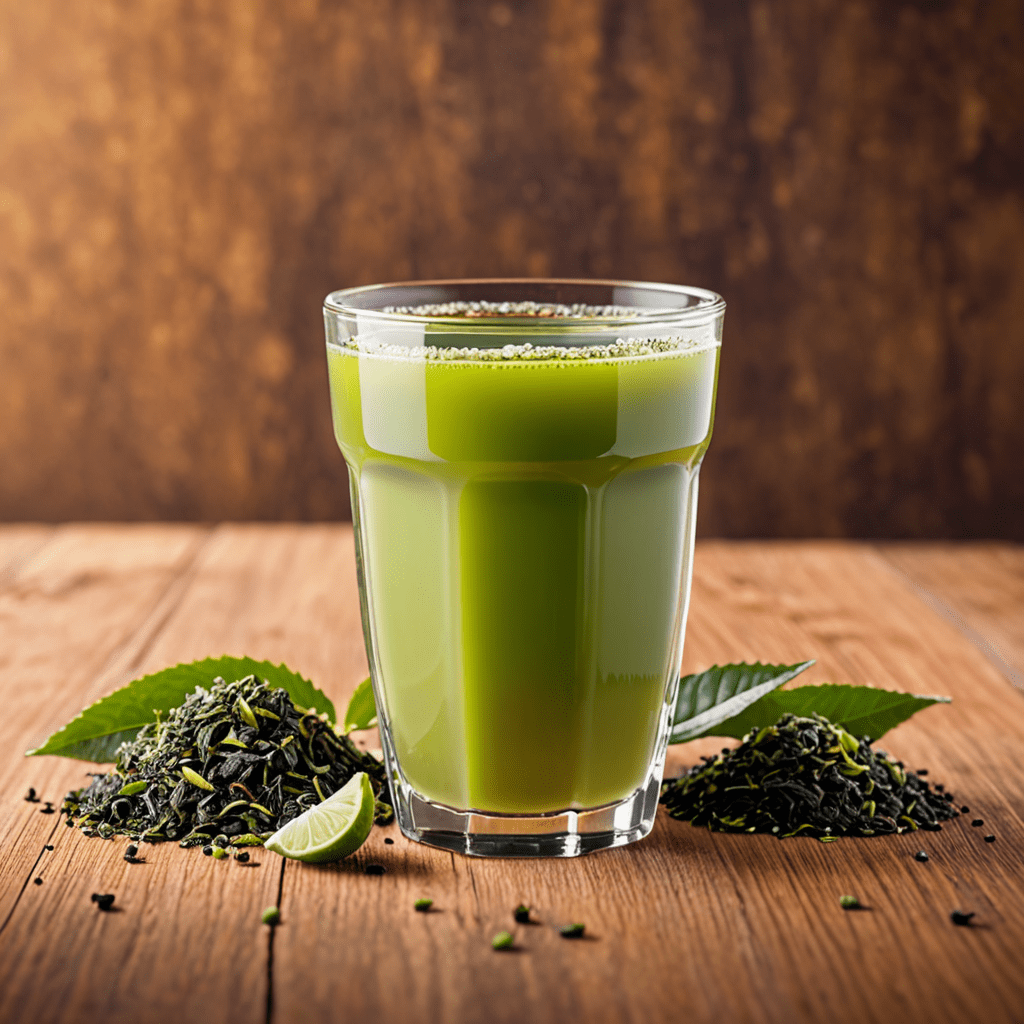
Oolong Tea: Unveiling the Enigmatic Spectrum of Flavors and Aromas
Understanding Oolong Tea
Oolong tea, also known as “wulong” or “black dragon” tea, is a traditional Chinese tea that falls between the oxidation levels of green and black tea. It possesses a wide array of flavors, aromas, and health benefits due to its unique processing method.
Is Oolong Tea Green or Black?
Oolong tea undergoes a partial oxidation process, which sets it apart from both green and black teas. The degree of oxidation can vary, resulting in a wide spectrum of flavors. Some oolong teas are more similar to green tea, with lighter and floral notes, while others exhibit characteristics closer to those of black tea, with deeper and richer flavors.
The Oxidation Spectrum
Oolong tea’s position between green and black tea on the oxidation spectrum makes it a versatile and captivating option for tea enthusiasts. The distinctive flavors can range from sweet and fruity to woodsy and roasted, offering a complex sensory experience.
The Impact of Oxidation Levels
The degree of oxidation directly influences the characteristics of oolong tea. Lower oxidation levels result in a greener appearance and a lighter, more delicate flavor profile, while higher oxidation levels produce a darker hue and a more robust, full-bodied taste.
Unlocking the Unique Characteristics
To truly appreciate oolong tea, it’s essential to explore the diverse oxidation levels and processing techniques that contribute to its spectrum of flavors and aromas. This exploration allows tea aficionados to discover the remarkable nuances that make oolong tea a prized beverage.
FAQ
Is Oolong Tea Healthier Than Green or Black Tea?
While each type of tea offers its own unique health benefits, such as antioxidants and polyphenols, there is no definitive answer as to which is “healthier.” Oolong tea, with its intermediate oxidation levels, provides a distinct set of compounds that contribute to its potential health advantages.
How Should Oolong Tea Be Brewed?
Brewing oolong tea involves careful attention to water temperature, steeping time, and the quantity of tea leaves. Optimal brewing conditions can vary based on the specific type of oolong tea, but generally, using water at around 190-200°F and steeping for 3-5 minutes can yield a satisfying cup.
What Are the Flavor Profiles of Oolong Tea?
Oolong teas can encompass a broad range of flavors, including floral, fruity, nutty, toasty, and even creamy notes. The diversity in flavor profiles arises from the oxidation process and the unique terroir of the tea leaves, resulting in an enticing array of taste experiences.
Is Oolong Tea Caffeinated?
Yes, oolong tea contains caffeine, although the exact amount can vary based on factors such as the tea’s oxidation level and brewing method. Generally, oolong tea provides a moderate caffeine content compared to black tea, offering a balanced energy boost without the intensity of some other caffeinated beverages.
Does Oolong Tea Support Weight Loss?
Oolong tea has been associated with potential weight management benefits, with some studies suggesting that its polyphenol content may aid in enhancing metabolism. However, it’s crucial to approach such claims with a balanced perspective and consider various lifestyle factors when seeking to support weight loss.
In conclusion, the enigmatic nature of oolong tea, positioned between the distinct categories of green and black tea, offers an enticing journey through an intricate spectrum of flavors and aromas. Its versatility and complexity make it a captivating choice for tea connoisseurs seeking an experience that transcends the boundaries of traditional tea classifications.

